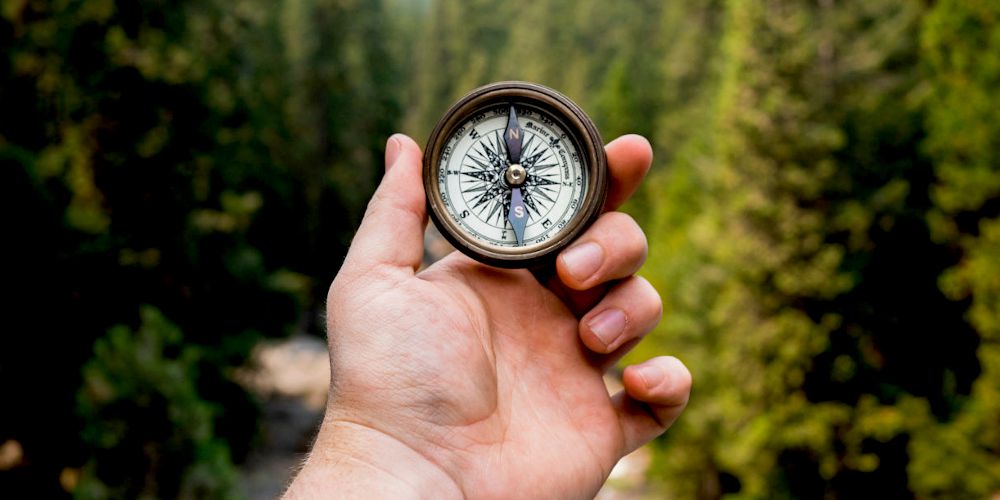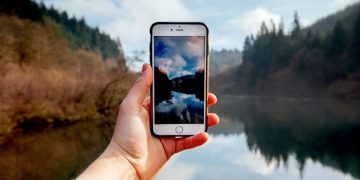I spend way too much time on the computer—for work, for side projects, for managing finances, for entertainment.
Everything I do is done through a computer, which isn't atypical for a nerd, but it does leave me with a greater appreciation for the outdoors and outdoor activities.
Unfortunately, despite that appreciation, getting myself to go outside is tough. Maybe you can relate.
Which is why geocaching is such a cool thing to know about. It's a crowdsourced outdoor activity that's been around since 2000, but never quite caught on as a mainstream trend—but so what?
It doesn't need to be a mainstream thing, because it's perfectly enjoyable as it is, and anyone can dive in and start right away if they want to.
If you've been looking for a reason to get yourself outside, geocaching may be the answer. Here's everything you need to know to get started and successfully track down your first cache.
What Is Geocaching?
All over the world, thousands of containers have been hidden away in various areas, and as a geocaching participant, your job is to track down these containers using nothing more than their GPS coordinates (which are provided by the people who hide them).
These "geocaches"—or geographic caches—can contain anything, and anyone can hide one and add it to the global list of geocaches maintained by the official Geocaching database.
Geocaches can be hidden anywhere: in urban locations, in the middle of a forest, along a hiking trail, tucked away inside a local landmark, etc.
Along with its GPS coordinates, each geocache is given a difficulty rating, so you can stick to the ones that best suit your physical condition and willingness to venture beyond your comfort zone.
How big is a geocache? They range in size from micro (the size of your thumb) to large (the size of an everyday storage container).
What's in a geocache? All of them contain a logbook, which you can use to record your name and the date you found it.
Some of the bigger ones may contain interesting items, which you're allowed to take as long as you replace it with one of equal or greater value.
Once found, a geocache must be properly closed and returned to the exact location that you found it in the exact state that you found it.
All in all, the joy of geocaching is in the tracking and finding of the cache, not so much what's in the cache. For those who love scavenger hunts, geocaching is, in a way, the ultimate scavenger hunt—and you can participate no matter where you are in the world.
Geocaching 101: Finding Your First Cache
To get started, you'll only need two things:
- A GPS-capable device
- The GPS coordinates of a geocache
Your smartphone will more than suffice if you're hunting urban geocaches, but you may want to use a handheld GPS navigator if you're, say, heading out into the woods or anywhere that might not have good cell reception.
If you're using a smartphone, you can install a free geocaching mobile app like c:geo or GCDroid to search, store, and navigate to your geocache targets. For this article, we're going to assume you aren't using such an app—but really, you should, as the experience will be much easier and cleaner.
Now it's time to pick a geocache target:
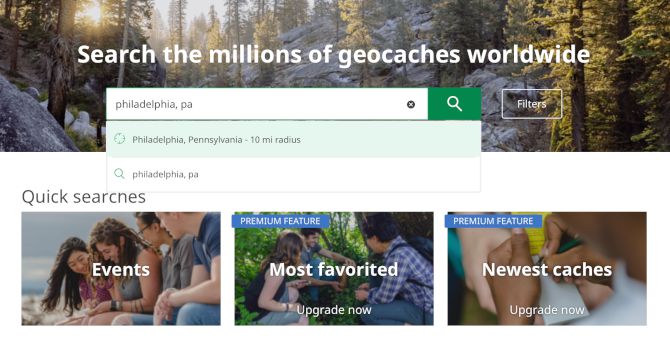
Sign up for a free account on the official Geocaching site. After you've signed in, head over to the geocache search page and type in your location, being as specific as you can (city name or ZIP code should be good enough).
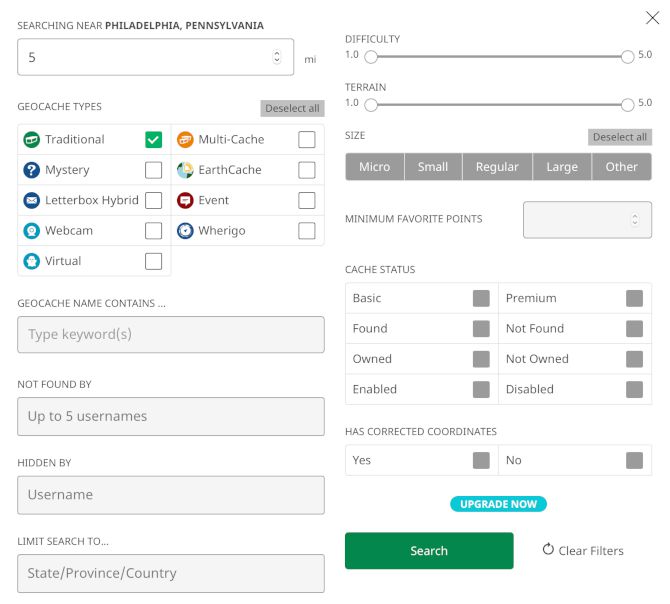
Before looking through the search results, click Filters and deselect all of the "Geocache Types" except for Traditional. Set the search radius to whatever you want (I like 5 miles).
Unfortunately, the other advanced search filters are only for Premium members—but that's OK. This is good enough for us. Now click Search!
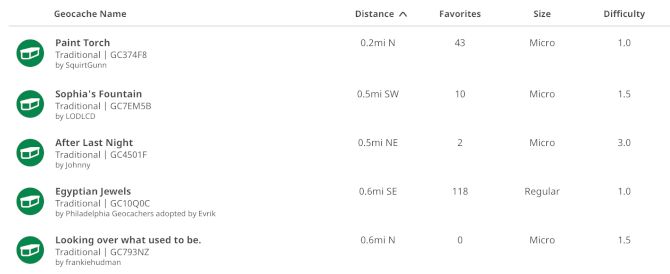
In the search results, click on Difficulty to sort the geocaches from easiest (1.0) to hardest (5.0). For your first one, I recommend sticking to geocaches between 1.0 and 2.0 difficulty and between Micro and Regular in size.
Click on the one you find most interesting.
Just under the Difficulty and Terrain, you'll see the GPS coordinates for this geocache. Write the GPS coordinates down, either on a slip of paper, in a notes app on your smartphone, or wherever else. (Ignore the UTM coordinates, which are mainly used for dedicated GPS navigators.)
Make sure you also read the title and the description, which may offer hints as to where exactly the geocache is located.
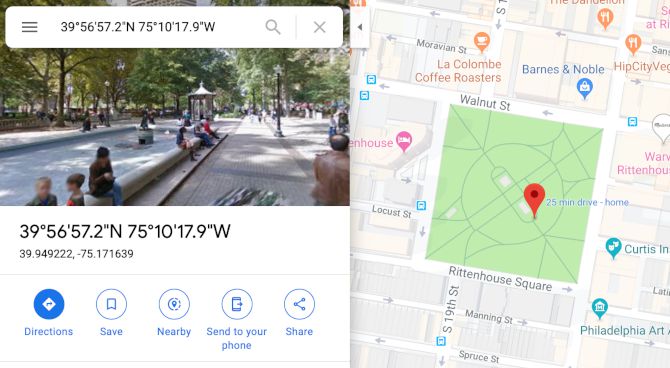
Using your Maps mobile app, input the GPS coordinates exactly as they're written. You should now have directions to the geocache. Go out and seek it! Switch from driving directions to walking directions as necessary.
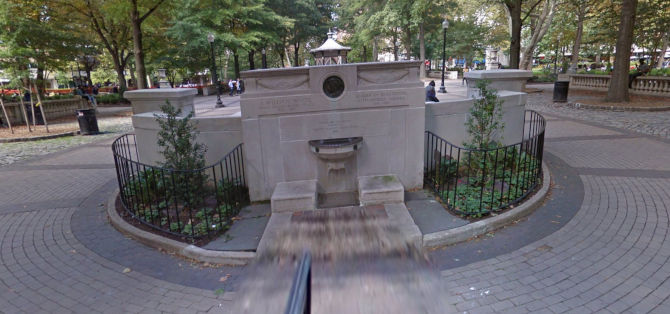
Geocaching is really fun once you get into it, but you might decide that it's not for you. In that case, you should check out these other fun geeky outdoor activities to help you get some sunshine:
